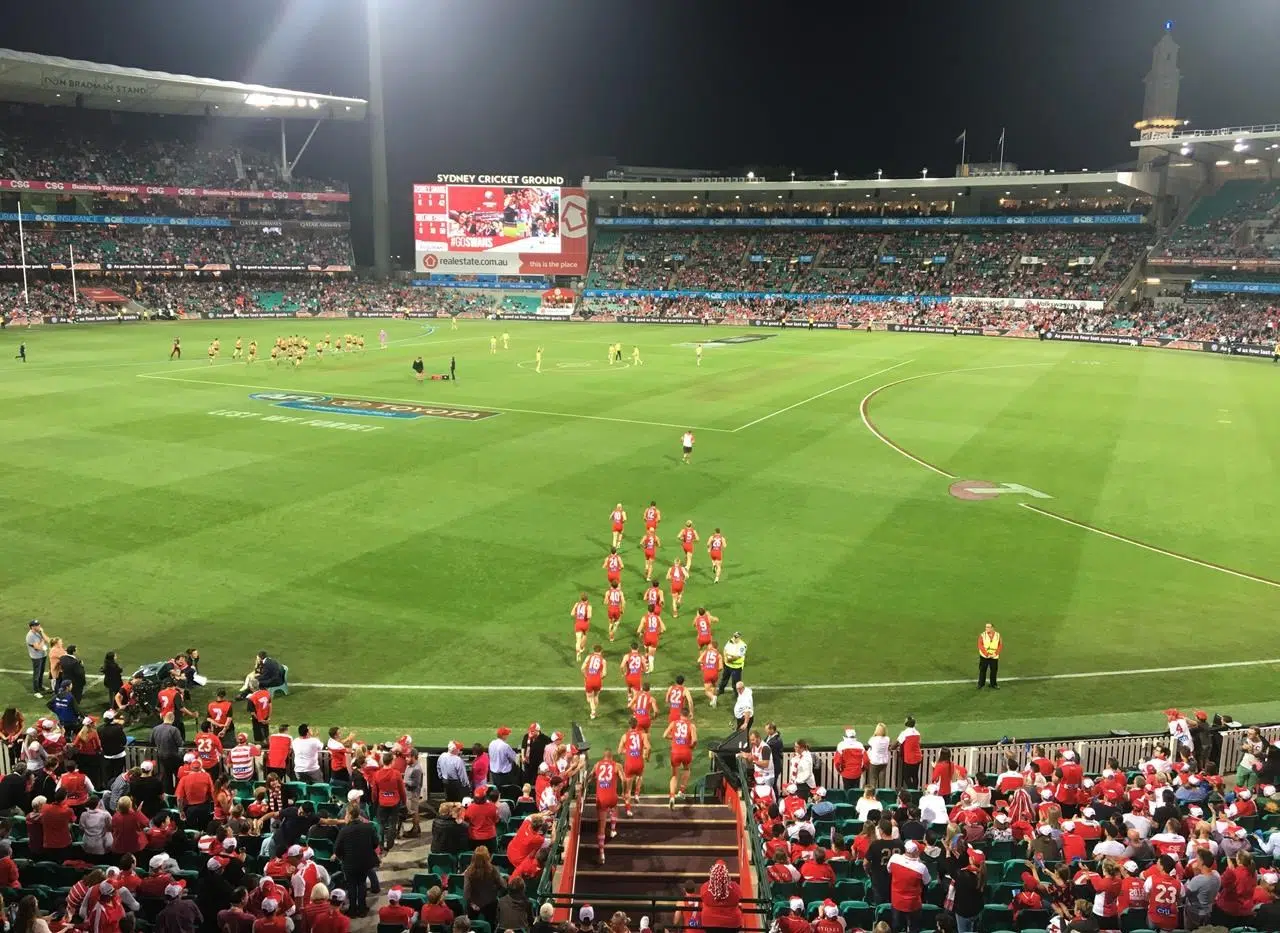
Canadian Mike Pyke on what to watch for at an Aussie Rules Football game
SYDNEY, Australia — There’s a lot to see at an Aussie Rules Football game, with 36 players and nine umpires scattered on a giant grass oval.
Canadian Mike Pyke, a former ruckman for the Sydney Swans, has some words of advice for the novice spectator at an AFL (Australian Football League) match.
“The most important thing when you’re at a game for the first time is probably to try and step back and look at what’s happening beyond the ball,” he said. “When you’re watching hockey or basketball, you tend to focus on the (puck or) ball and not necessarily what’s happening around it.
“It’s particularly important in AFL because the field is so large. If you actually step back and look at where the guys are running, 50 or 100 metres off the ball, it’ll give you an idea of where the ball’s probably going to end up.”


